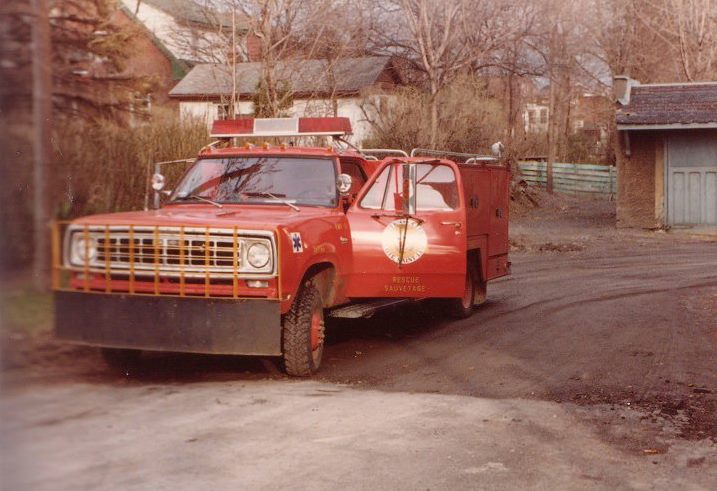
A nugget of Big Medicine every day. #63 Be the human in the loop
I just came back inside from picking blackberries.
Here on our property, we’ve got hundreds of blackberry plants and for a few weeks in August, tens of thousands of blackberries all become ripe for picking at roughly the same time. So my daily activities during blackberry harvest include a few hours wandering among the ‘canes and brambles collecting the ripest of the berries.
Before I went outside I had looked outside and noticed that the sunshine of this morning has ceded the sky to a solid bit of cloud cover. As all weather geeks would do in a similar situation, I checked the radar image for our area. The radar picture looked great. Just a few light showers about 100 km off to our West.Off I went into the blackberries. Picking blackberries is pretty intense. I wear a glove on one hand so I can handle the thorny canes while working my way through the berries with the other hand. You need to concentrate lest you rake your skin or fingers with the sharper-than-knives thorns.
I was kneeling down among a few of the more berry-laden plants when I had the feeling I needed to look up at the sky. It just felt like a storm was brewing. When I glanced upward I noticed the colour of the clouds had gone from puffy white to foreboding deep grey with a hint of blue. I decided to pack it up for the day and was sitting on the porch taking off my boots when the first drops of rain began to fall.
Within minutes the rain had picked up tempo, the winds were gusty and as I settled into my chair to write this episode, lightning flashed across the sky.
Turns out the radar was displaying an image captured 24 hours ago. Reality was entirely different. I had forgotten a primal rule of life as a paramedic – always be the human in the loop.
Back in Cote Saint-Luc, one of our crews rolled on a call for a woman with chest pain. As part of their standard work-up, they hooked her up to our semi-auto-defib [SAED] with ECG monitoring. The machine was convinced the patient was in ventricular fibrillation and kept barking in its pre-loaded accent-neutral voice “Shock advised, shock advised.”
Fortunately for our patient, our crew decided to disconnect the SAED. The patient was transferred to the ER and after a few uneventful days was released.
A few days after returning home she once again experienced discomfort in her chest and called 9-1-1. This time I happened to be in the area and heard the address, responding to back-up the crew and carrying a 12-lead ECG machine with me. The crew had her hooked-up to the SAED which had gone into its “Shock advised, shock advised” chant when I walked into the apartment.
When we transitioned to the 12-lead ECG we were all astonished to see ventricular fibrillation [trust me, this is usually not a good thing] in multiple leads. The patient was still quite conscious and alert and still complaining of vague discomfort in her chest. This time a copy of her 12-lead ECG accompanied her to the hospital.
When our crew returned they had a copy of her in-hospital 12-lead ECG confirming our patient’s rather extraordinary cardiac electrophysiology – the ER docs and the cardiologist had circled the v-fib and written ‘Good catch, great save!‘ in the margin.
I still thank goodness that the first EMS crew had the presence of mind to realize the patient was alive and relatively well while the SAED was convinced it was time to deliver a shock and perform CPR.
As paramedics we sometimes forget Rule #17 Check your own pulse. This was an excellent reminder to include the patient’s pulse in that process, too.
Be well. Practice big medicine.
Hal


